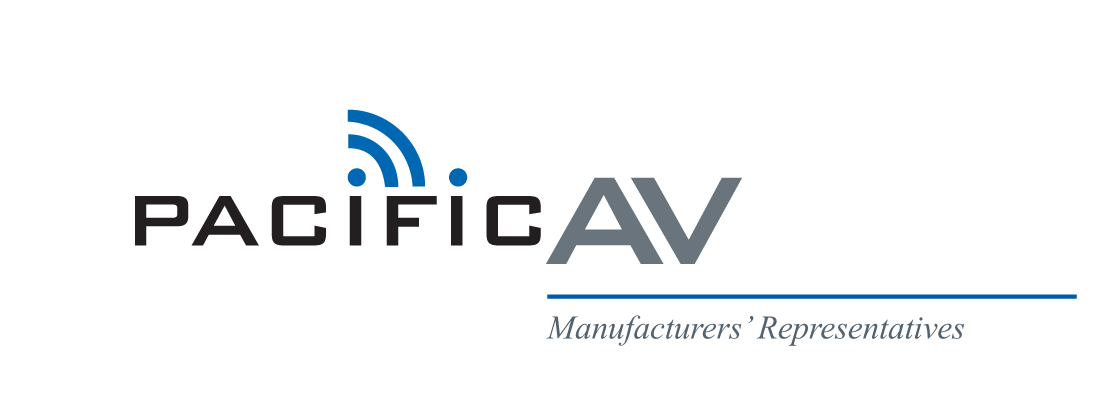Reposted from: https://xilica.com/2017/09/28/dante-de-facto-networking-standard/
 The shift from point-to-point connectivity towards fully networked solutions has been one of the great narratives of professional AV since the turn of the millennium. The ability that networking affords to move audio and video flexibly around a building, or within a broadcast environment, has meant that more and more customers are now willing to enter into this brave new world.
The shift from point-to-point connectivity towards fully networked solutions has been one of the great narratives of professional AV since the turn of the millennium. The ability that networking affords to move audio and video flexibly around a building, or within a broadcast environment, has meant that more and more customers are now willing to enter into this brave new world.
Although networking technologies that require the installation of new switches have gained trac-tion in some areas, it is IP-based technologies that are able to use existing infrastructures that have enjoyed the most rapid adoption. None more so than Dante, which was developed in 2006 by Sydney, Australia-based Audinate and delivers uncompressed, multi-channel, low-latency digital audio over a standard Ethernet network using Layer 3 IP packets.
Improving upon previous audio-over-Ethernet technologies such as CobraNet and EtherSound, Dante’s remarkable trajectory in recent years owes much to its enthusiastic support from third-party developers and licensees, allowing an extensive community of products to be established. As of 30 June 2017, the number of Dante-enabled products on the market had increased by 36% to 1,182 when compared to the total of 872 products available at the same point in the previous year. Simultaneously, the number of OEMs adopting Dante has also continued to grow, rising from 310 to 369 in the year ending 30 June 2017.
Although adoption of Dante continues to grow across a number of verticals, commercial install remains the largest market for Audinate. It is in this space where the benefits of audio networking can be seen to be particularly acute, including: the cost and time savings from leveraging existing Ethernet cabling; the ability to route audio over long distances without signal degradation; and the flexibility of routing audio with the click of a mouse in software instead of changing out physical cabling.
We spoke with Joshua Rush, Vice-President of Marketing, at Audinate, who believes that there are several primary factors informing the ongoing Dante success story. “Firstly, and most im-portantly, is that Dante was thoughtfully engineered from the ground up to make it easy to use. Features like automatic discovery of devices, native device naming, and the Dante Controller software all contribute to a literal ‘plug and play’ experience. Secondly, we’ve had a wave of products that have come available on the market. We know from our research with integrators and end customers that the number one criteria when selecting a networking protocol is the number of products available on the market. Over the past three years, Dante has become the clear leader in available products, eclipsing the next closest networking protocol by nearly 5X the number of supported products.”
The other major piece of the puzzle is market adoption, which has been encouraged by a significant focus on training and education. Rush continues: “We recognise that in this industry our customers are used to being the technology experts, and while we pride ourselves in how easy Dante is to use, we also want to make sure integrators and end customers have the technical knowledge to give them peace of mind when selling and supporting networked audio solutions. To that end, we’ve rolled out an extensive, three-level Dante Certification course that is available both in-person and online, and have had nearly 20,000 people participate in the programme to date.”
Xilica has been an Audinate partner since 2011 and offers extensive Dante support in product families such as Neutrino and Uno. With the latest SolaroConsole software, Xilica has integrated control for a growing number of Dante OEM partners — meaning that the end-user experience is improved right from the initial installation of the Dante device to the physical routing of audio.
